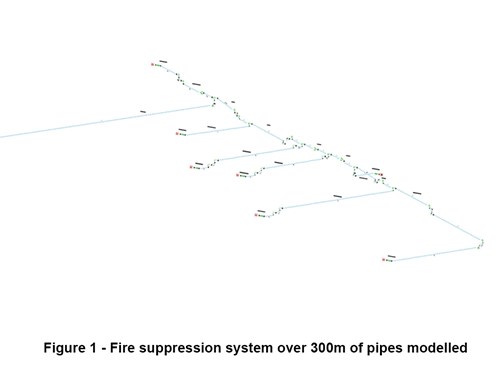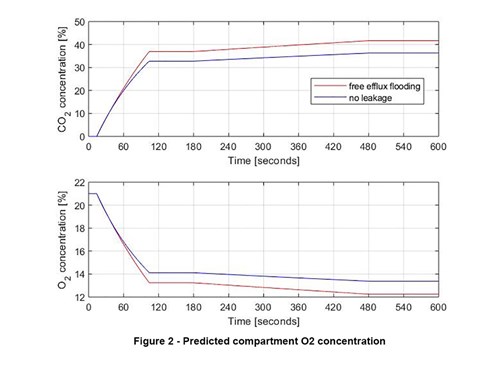-
Client
Confidential
-
Business need
Our client needed to re-design an existing fire suppression system that was found non-compliant despite being designed to industrial standard. An understanding of the root cause was required to guide the re-design.
-
Why Frazer-Nash?
Our comprehensive and systematic approach allows traceable and defendable solutions to be derived to support critical safety projects and decision making.
Carbon Dioxide is a fire extinguishing agent which has the advantage that no ‘clean-up’ is required. As a non-conductor, CO2 is suitable for the protection of electrical equipment, and is commonly used in environments such as maritime platforms and data server rooms.
Carbon Dioxide is a fire extinguishing agent which has the advantage that no ‘clean-up’ is required. As a non-conductor, CO2 is suitable for the protection of electrical equipment, and is commonly used in environments such as maritime platforms and data server rooms.
Our client installed a ‘total flooding’ CO2 fire suppression system in a ship compartment, but under physical testing O2 sensors indicated that the oxygen reduction rate was below that required by regulatory requirements. In fact, the issue persisted despite modifications being made to the system to improve its CO2 release rate and capacity.
Frazer-Nash Consultancy was tasked to identify the cause of non-compliance, and a number of possible root causes were postulated:
- Insufficient rate of discharge of CO2
- Inadequate mixing of air with CO2
- Direct leakage of CO2 to outside the space requiring protection.

We carried out multiple investigations including:
- A site inspection of the system and compartment
- An interrogation of data recorded during the physical testing, which included O2 and CO2 concentrations, pressure and temperature, and a video of the release
Plus theoretical CO2 discharge rate calculations via:
- Methodology given in the NFPA 12 Standard, and
- A 1-D two-phase flow simulation derived from first principles, accounting for the CO2 being physically ‘boiling’ all the way down the release pipework.
Site inspection identified that there was little CO2 leakage potential, and blockages that could significantly impede gas mixing were also unlikely. These were supported by sensor readings and video footage that showed uniform mixing was achieved shortly after the initiation of gas discharge. The room pressure built-up was also in agreement with that calculated for a low CO2 leakage.
While NFPA 12 is typically used at the design stage to ensure a system meets the industrial requirements, an iterative approach was developed in MATLAB to enable the evaluation of CO2 discharge from an existing system. In parallel, our 1-D flow simulation provided not only an independent validation of the NFPA methodology, but also an extension to conditions not accounted for by the international standard, namely the variation in CO2 storage temperature, and the cooling of the bottles during discharge; both have notable effects on the CO2 pressure and flow. From these calculations, we confirmed the discharge rates were highly consistent with measurement data, providing crucial evidence in supporting the root cause of non-compliance identified.
The investigation has provided our client with confidence in understanding the issues, and how to redesign the system to rectify them, which is currently ongoing.


